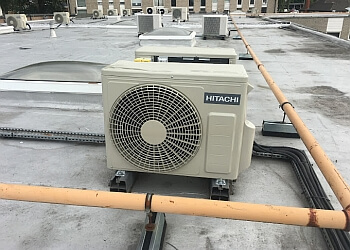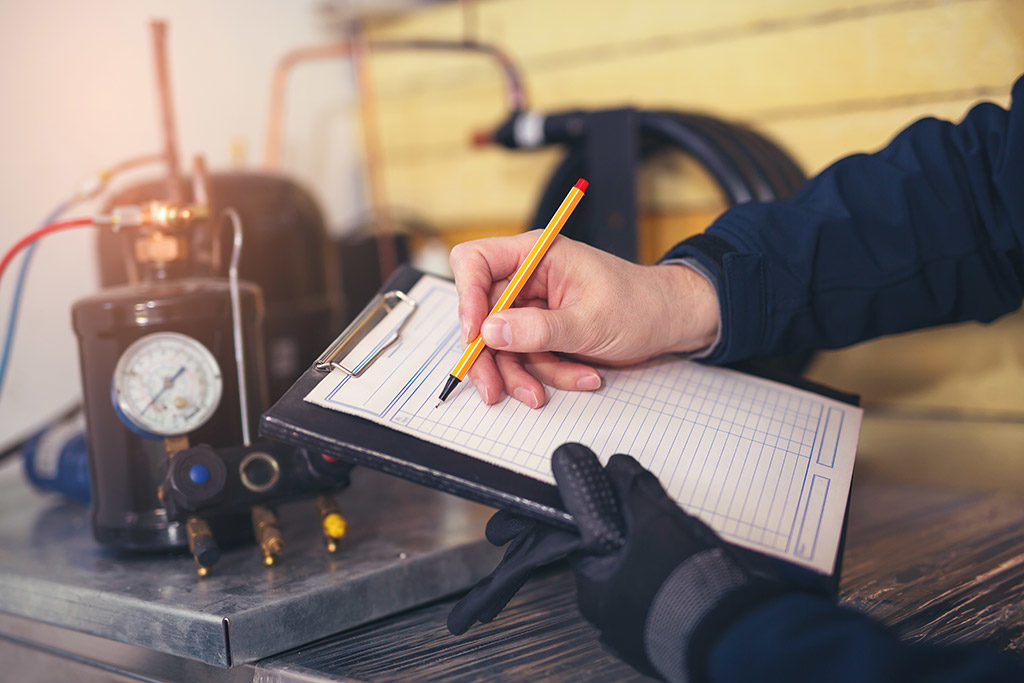All Categories
Featured
Table of Contents
Find Local Air Conditioning Companies Near Me in Churchlands WA
Firstly, you need to ensure your installers are F-Gas certified or signed up with REFCOM due to the fact that otherwise, they will not be legally certified to install your system. It's a good idea to get a feel for their previous work, so take a look at any case studies or client recommendations to understand their work quality and ethic.
It's also a great concept to ask whether or not they offer a maintenance contract and if so, just how much it costs. With any task, you wish to ensure you're getting the very best deal possible here's our final list to make certain you have actually taken whatever into consideration before going ahead with your cooling setup.
There's a lot of info on the web and lots of big makers have chat systems if you require to ask concerns A professional a/c engineer can likewise recommend you about the system that will finest suit your needs for your budget and the design of your house Ensure the installer offers you a composed quote that makes it clear what is and isn't included You ought to also ask if the quote consists of eliminating and getting rid of any rubbish Lastly, ask your installer about warranties and service warranties on parts and/or labour Usage Family, Prices estimate to find regional cooling installers and possibly conserve money on your a/c project.
Inside the system, there is a refrigerant that cools the coils, so when warm air passes over them, it ends up being cool air. The air then passes over a fan that presses the cold air back through the grille and into the space. The unit outside your home takes in the heat from the space.
Best In Air Conditioning Contractor in Seville Grove Western Australia
You don't require planning approval, but there are particular policies you must follow: The outside system should not be any bigger than 0. 6 m3 You can't position it within one metre of a flat roof It should be over a metre far from any property boundaries You can't fit it on an angled roof You will need to contact your preparation department if you reside in a preservation area or you are in a listed building as outside systems can't be visible.
If you want to prevent problems from a neighbour try and place the system in a location that will not be a nuisance. If you just use your air conditioning for cooling, then when a year should suffice. If you're using everything all year, for heating and cooling, then every 6 months is a recommendation by many producers.

Yes, an air conditioning system will reduce the humidity. You can likewise purchase an air conditioning system with a dehumidifier, which you can then use individually from the cooling or heating function.

The filters in your a/c system require cleaning every couple of months, or more often if you have dirty structure work done around your house. A lot of units have filters that slide or click out of location. You can run the hoover over them utilizing the cleaning head or you can wash them in soapy hot water.
Choosing The Best Desktop Air Conditioner: A Buying Guide in Bateman Western Australia
The biggest downside is that it's not climate-friendly although technology is improving. Other disadvantages are health-related. If you don't clean your filters there is a threat of allergens blowing back into the space which can trigger asthma. Some people experience cold-like symptoms and aching throats. The air also dries your skin and contact lens wearers often have pain from dry eyes.
R12 or Freon gas is banned in the UK. The majority of widely known manufacturers are now using R32 refrigerants in brand-new designs, however systems with F-Gases are still offered as they are not banned. If you have a system with F-Gas you will have the ability to purchase replacement parts for its life time.

If you see water coming out of the unit on your wall or floor this is probably the factor. If you're good at DIY you can turn off the system, locate the drain line, disconnect the tube and then clean the drain line with bleach and water or distilled vinegar.
If you desire a system installed in your living space multiply the length by the width. Let's say your living-room is 14 feet broad and 16 feet long, which will offer you a 224 square feet sized lounge. When you multiply this worth by 25, you now know the minimum BTU you require for your living-room is 5,600 BTUs.
Table of Contents
Latest Posts
Inverter Constant Beep in Caversham Western Australia
Daikin - Animated Operation Manual - Ftxg-lw/s - Youtube in West Leederville WA
Fujitsu Heat Pumps Reviews Sany in City Beach Western Australia
More
Latest Posts
Inverter Constant Beep in Caversham Western Australia
Daikin - Animated Operation Manual - Ftxg-lw/s - Youtube in West Leederville WA
Fujitsu Heat Pumps Reviews Sany in City Beach Western Australia